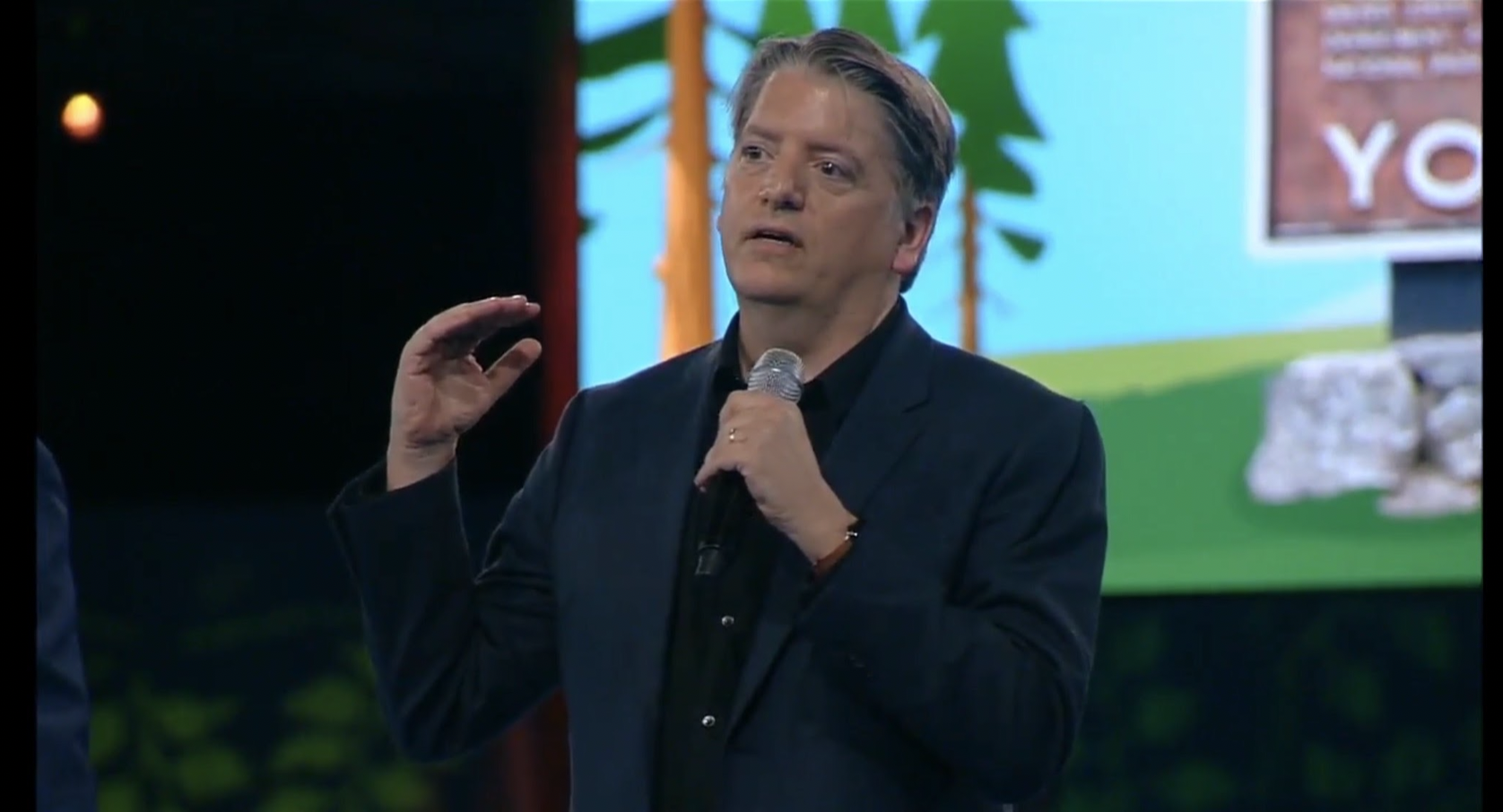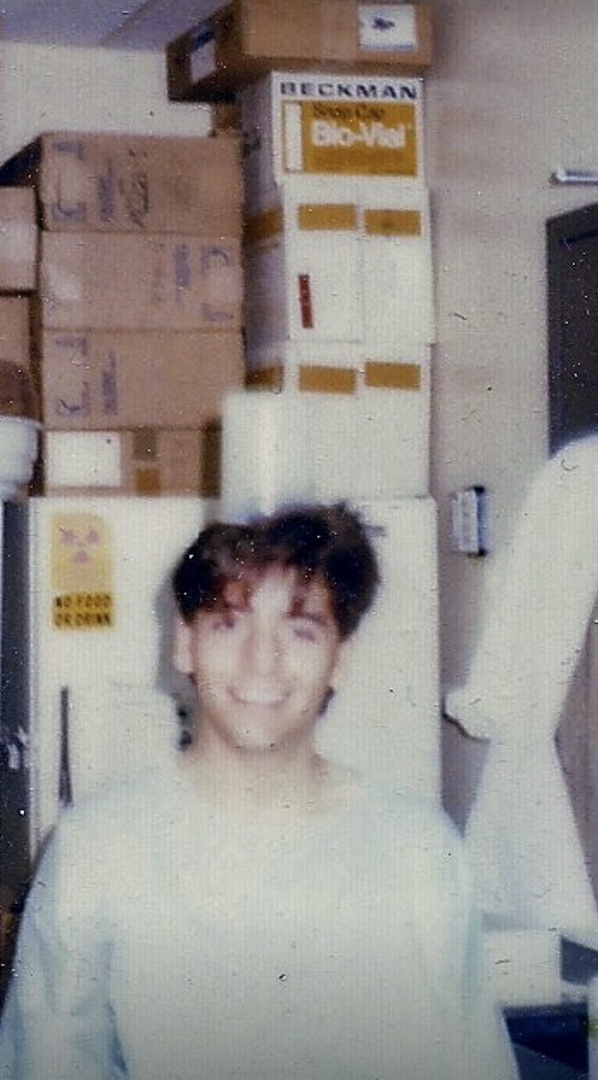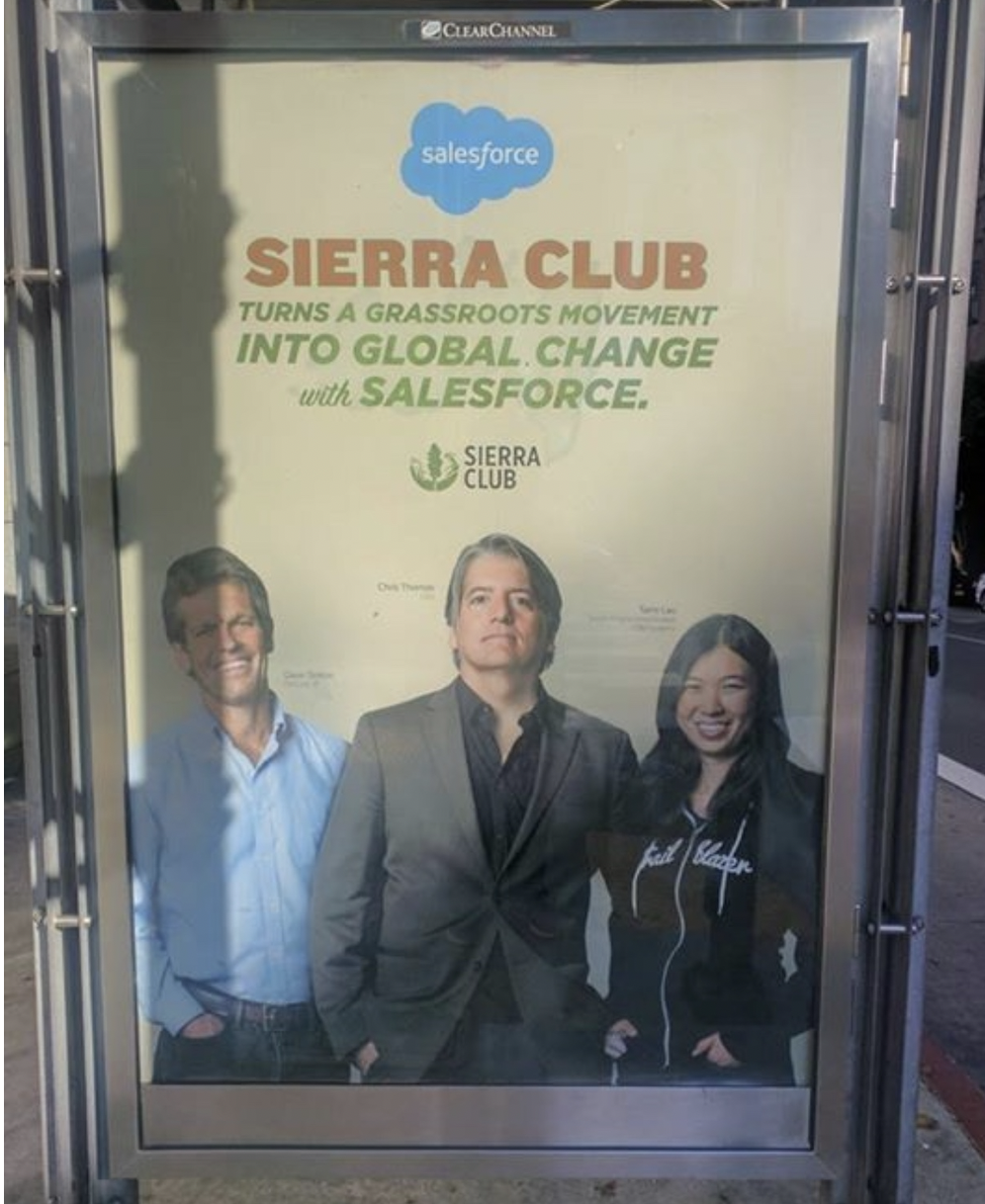Chris Thomas, Activate’s New Vice President of Engagement and Strategic Communications, Brings a Track Record of Innovation
November 22, 2022
Chris Thomas joined Activate in October as vice president of engagement and strategic communications. He brings a dynamic perspective to Activate, cultivated through years of diverse experiences in Europe and the United States. Though his career has centered around digital strategy, it started in a science lab—or perhaps even earlier with a homemade computer rig that landed him in trouble (find out how that story ends below!). He ultimately considers joining Activate a “coming home of sorts to the science world.”

Thomas has deployed innovative digital marketing solutions in a variety of contexts: media companies, tech and engineering corporations, startups (including his own), and most recently, mission-driven nonprofits. He has proven multiple times over that pushing digital boundaries leads to transformative results. For example, as chief innovation officer of Sierra Club, he developed addup.org, an engagement platform that enables Sierra Club volunteers and chapters to create impactful local campaigns and events using sophisticated digital tools.
Thomas remains laser-focused on figuring out how to use technology to revolutionize engagement for social impact. At Activate, he will focus on brand awareness, thought leadership, and audience growth. He is passionate about seizing this pivotal moment in the climate movement and Activate’s unique potential to offer solutions and hope to the world.
We welcome his relentless curiosity, daring creativity, and strategic leadership. Read on to learn more about the path that led him to Activate.

Technology has been a common thread throughout your career. Where did it all begin?
I started messing around with computers in 1981. This dates me a little bit, but I assure you that I was a very young child at the time! I managed to get my hands on an Apple II and figured out how to connect it to a modem, and from then on, the world was my virtual oyster.
At that age, I was primarily interested in gaming and making trouble, so I put together a pirate bulletin board system (a “BBS”—the website of its day) that shared gaming software and duplication parameters to a small but dedicated audience of hackers and gamers. My BBS really took off—so much so that early IP advocates took notice and my poor parents found their bewildered selves in court, where the judge stated: “I’m sure someday there’ll be precedent for this stuff, but I’m not going to write it” and threw the case out. After that, I sold the computer and bought a guitar with the money. (I probably thought no one would ever pay attention to computer programmers, but rather to guitarists. One can be wrong from time to time.)
How did that influence your trajectory?
This early experience provided a valuable insight: Digital communications fundamentally changed the way humans interact, and it had real-world implications. But before I would eventually land in digital communications, I studied literature at university and found a job working in a human T-cell lymphotropic virus research lab at Howard Hughes Medical Institute at UCLA. I stayed there for seven years, going from reagent chef to lab tech.
After graduation, I moved to Europe, where I remained for 16 years, becoming a naturalized French citizen and working in digital communications roles for a variety of media companies (Elle.com, where I was managing director, and The International Herald Tribune, where I built their first Web product); tech and engineering corporations (Oracle, Alstom, European Broadcast Union); and startups (Joost, PeoplePC, and my own company, which was sold to Al Jazeera). I was primarily focused on marketing communications, product development, and business development.

How did you enter advocacy work?
At one point, I hit the burnout wall and decided to ask a different question: how could digital communications augment behavior for something besides a financial goal? I was living in Amsterdam and found a job as digital programs director at Greenpeace International, where my career in nonprofits began. From there, I became chief innovation officer at Sierra Club (and therefore moved back to the States), then worked at Salesforce advising enterprise nonprofits on how to innovate using technology as a strategic driver in furthering their missions.
Why Activate?
Activate is a coming home of sorts to the science world. I have always loved working with scientists. I also love startup-type environments and the growth challenges they face, as well as the diversity of things that need doing, from tech to content to relationships to events. There is a huge amount of creativity and brilliance in the Activate community, and it's a privilege to be around such talent.
“Now is the era of action and solutions. The biggest reason I came to Activate was to be part of a movement of doers. ”
Having worked on climate-focused missions for ten-plus years, I became aware of the limits of advocacy in addressing these important issues. As a movement, we did an excellent job promoting awareness, but now is the era of action and solutions. The biggest reason I came to Activate was to be part of a movement of doers—those who engage the issues with ingenuity, enthusiasm, imagination, and aplomb. Leonardo da Vinci said: “It had long come to my attention that people of accomplishment rarely sat back and let things happen to them. They went out and happened to things.” It is my intention at Activate to amplify our impact and accelerate our progress.

